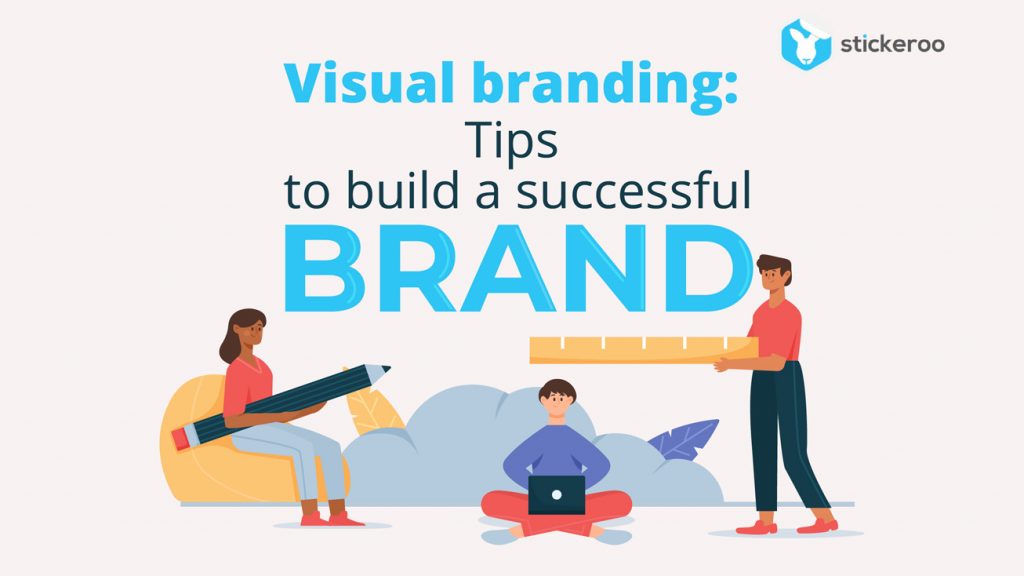Dark and stormy, bright and happy, pastel and playful, primary and bold. Red for love, black for mourning, yellow for friendship, blue for trust, green for diesel, white for minimalism – there are probably more meanings to colors than colors themselves.
When you are about to take the important step in your brand design and start planning your logo, stationery, email signatures, stickers, t-shirts, and even office interior design, you think colors first and foremost. In fact, most people already have colors in mind before they even cross the threshold of a design office.
Graphic designers, UX designers, brand managers, and print and collateral companies like Stickeroo who help you create your brand and make it look it’s best. But before you choose a color “just because” consider what they mean in the business world, or even in your niche.
For example, there are colors that are automatically associated with a niche – people have been conditioned to perceive one meaning, depending where they live. For example, in some countries white is the color of mourning, while in most Western countries white is worn by brides, and black is reserved for funerals and mourning.
In the world of business and industry, green is usually a color associated with the environment, or with being eco-friendly. This is why so many companies that we don’t usually associate with being green have rebranded to make themselves look more friendly. Take the oil giant BP for example.
In the 60s their logo’s extremely dark green color was associated with “British racing green”, but in the late 80s it changed to being a light, leafy green color – and in 2000 they completely rebranded their shield logo to look like a green and yellow sunflower. It makes consumers associate them differently, when in fact, they are still selling the same product they were in the 1920s. Smooth move!
If you want some tips on how to properly choose a color and make your clients associate you with your niche, take a look at the infographic below:
